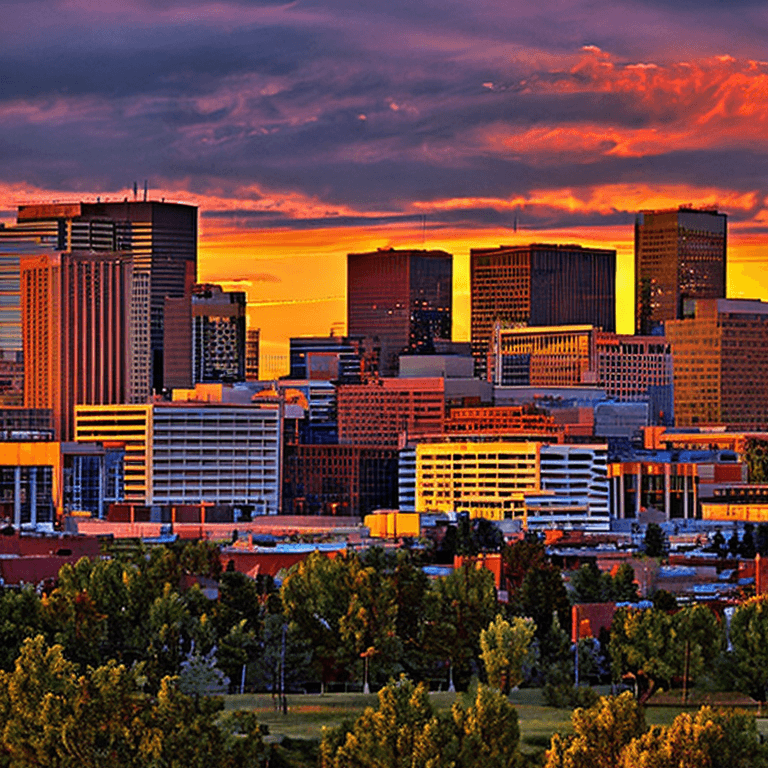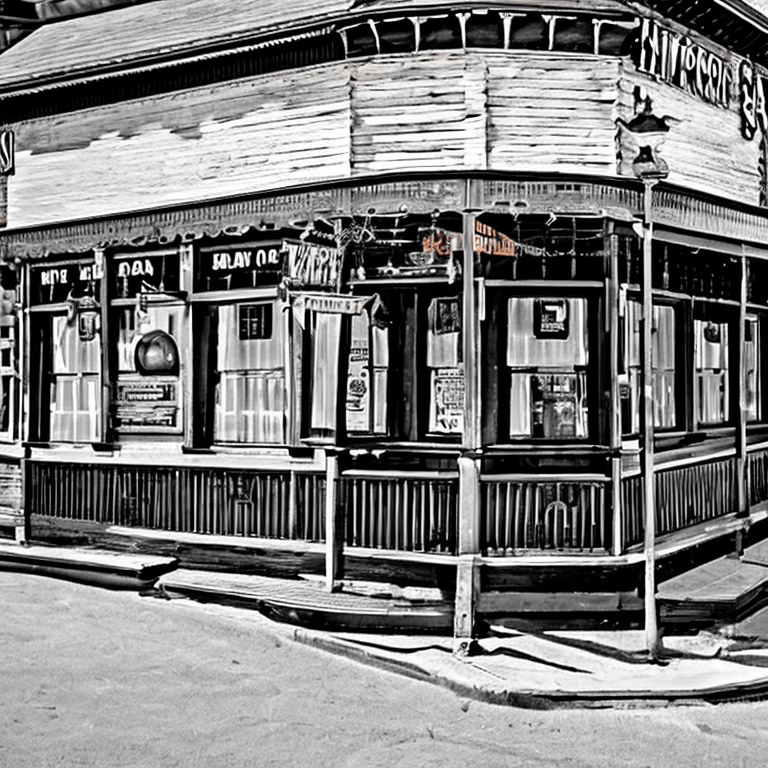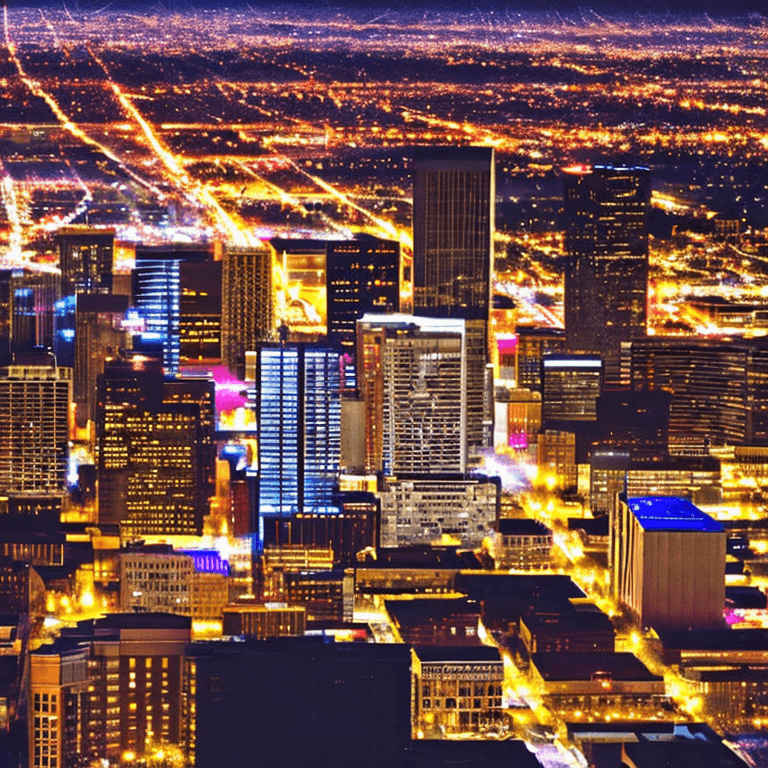The History of Denver
Denver's past is full of people and events that have shaped the city. From the gold rush to the rebirth of Denver after oil.
Early Denver was a place of crossroads for people who traveled between the Great Plains and Rocky Mountains. Archaeological evidence from the past suggests that people from different cultures interacted and intermixed here.
Gold Rush
The first gold boom in Denver, the Gold Rush of 1849 was a significant historical event. Many people flocked to the region hoping for fortune and a fresh start in life.
Clear Creek and Gilpin Counties were the first to discover gold west of Denver. Numerous prospectors made gold in this area, including George Jackson of Idaho Springs and John Gregory of Cherry Creek.
These discoveries weren't enough to revive the gold mining. A lot of publicity was needed to entice new miners. William N. Byers, editor of Denver's very first newspaper Rocky Mountain News, launched campaigns to attract gold-seekers.
In the spring of 1859, more than 100,000 men had left their homes in the Missouri River towns of Kansas and Nebraska to travel across plains, and then up into Colorado's mountain country. These men were called "Fifty-Niners."
Some were looking for the gold found in gulches like Clear Creek and Gold Run in Boulder County. Others were more ambitious, looking for buried gold in the mountains of Colorado.
John Gregory, a Georgian, made the first major gold discovery in the region surrounding Central City. He was a slender red-haired cracker who had an eye for gold in his native land.
Gregory was followed by a number of other prospectors who struck gold strikes in Clear Creek and Gold Run. The prospectors who continued to search in the mountains were rewarded by the discovery of rich gold from the placer.
The gold rush led to Colorado a mining hub and a city dependent on railroads. The city grew rapidly and was named the capital city of Colorado Territory in 1881. Denver is a vibrant metropolis with a variety of parks, museums and attractions, as well as other attractions that honor its rich history.
Silver Rush
In the 19th century, Colorado's primary economic engine was silver and gold mining. It brought in more than $1 billion in revenue and produced a number of early millionaires like Nathaniel Hill and Horace Tabor.
In 1849, a group California prospectors set off west to search for their fortune. They discovered some gold in Ralston Creek, close to present-day Arvada and then discovered placer gold (veins of gold embedded in rock) at Cherry Creek. These discoveries were merely teasers, but they generated interest in a few Midwestern investors and Eastern investors, who soon joined in and began to investigate the area further.
When the word spread, hundreds of thousands of people rushed to the northeastern region of Colorado in search of fortune. They came for a variety of reasons, from wanting to make a fresh beginning to being caught in sectional tensions between North and South.
A few were motivated by the prospect of riches by reading promotional literature like Horace Greeley’s "Go West, Young Man." They also had an insatiable desire for adventure.
Regardless of why they were drawn to the wilderness of Colorado, the majority discovered their luck in gold and silver mining. The Bland-Allison Act of 1878 which required Congress to purchase 4.5 million ounces of silver per month and the discovery of silver in the the 1860s, significantly increased the cost of silver, and also allowed the development of more mines throughout the state.
After the silver boom, however, the economy faltered and most mining districts struggled to stay afloat. Durango and Ouray in southwest Colorado continued to be strong, while others, like Creede or Silverton in San Juan Mountains, floundered.
Culture Rush
Denver is a cultural crossroads. Denver is the home of many of the most prestigious art institutions in the nation, as well as museums that are world-class and honor the past and present.
A visit to the Denver Art Museum, for instance, is bound to impress, with a collection that spans prehistory to the 21st century. It's also adjacent to the Clyfford Still Museum which houses the largest collection of artwork by an American abstract expressionist.
Denver transformed its status from a frontier city to a modern, prosperous metropolis as the culture rush continued. A new train line connecting Denver to other cities and towns across the nation enabled this.
The new route also brought more money to the city, which led to a rise in population growth. Denver was the third largest city in the United States at the start of World War II, with a population exceeding 322,000.
The US Mint was another factor which contributed to the development of Denver. It was established in Denver in 1878. The mint is a renowned tourist attraction, and tours are available daily.
A visit to the Molly Brown House, which is the former residence of Denver's first female mayor, is also a must. The restored Victorian-style home offers a glimpse into the lives of its inhabitants and is a fascinating glimpse into Colorado's history.
Although the Gold Rush helped Denver to be recognized as a city, it was not without its problems. Many of those who fled their homes in eastern America to find the riches of the west weren't well-prepared for the journey. They often traveled in wagons , and were prone to dehydration, starvation, and even death. These conditions caused widespread xenophobia which led to the creation of the Ku Klux Klan.
Oil Boom
The 1849 oil boom brought Denver City into a new age. It was a time when people travelled from all over the country to work in the oil fields. The boom caused a large demand for housing, restaurants and hotels and water systems, to support the growing number of people in western Colorado.
A number of towns were created in the area to accommodate visitors and workers. Some were small communities with a few shops and eateries, whereas other towns were huge oil towns with restaurants, hotels, and recreational facilities.
One of the most renowned was Gearhart located just half a mile to the south of the Patterson well. The town had a number of establishments, including general stores as well as a supermarket and a barbershop/poolhall, machine shops and many other services.
The town was a favorite of workers from other areas because it had cheap lodgings and was easy to reach. It also had the dance pavilion that was a place where laborers and guests could dance.
While the boom was a positive time for certain however, it also brought a lot of hardships to Denver and its surrounding communities. Certain towns and families would lose their homes and others would become bankrupt or find it difficult to come up with the money.
Many towns also faced a shortage in workers because people from other parts the country were attracted by the high wages and the numerous opportunities for employment in western Colorado. The people who didn't work in the mines had to find housing, upgrade wooden water lines to accommodate increased flows, and serve meals in restaurants crowded with newly arrived workers and tourists.
The Denver-Julesburg Basin is among the largest oil shale plays in the world. While the oil industry in the state is an important component of its economy, it is not the only one. Companies are focusing their efforts on other industries, such as cleantech and finance to fuel economic growth. However, the production of oil and natural gas is not expected to increase at the same rate as it did when the law was passed.
Boom and Bust Cycle
Boom and bust cycles are a pattern of economic growth and recession that occurs in capitalist nations. In a boom economic expansion, jobs are plentiful and investors get high returns from their investments. The boom is over and the economy begins to shrink. People lose their jobs and investors lose their money.
During the boom that followed, the central bank made it easier for individuals and companies to borrow money by lending it at low interest rates. They can invest the money in companies such as technology stocks, houses, or other houses and hope for a high return on their investment.
Related: Denver Car Accident Attorney
Companies begin to reduce their spending when the economy slows and employees lose their jobs. During the downturn business owners begin to sell off their possessions, including houses and stock portfolios, in order to raise cash to pay their employees.
Colorado's history is marked by boom-and–bust cycles. This includes the gold rush of 1849 as well as the 1893 Panic. However, Colorado's economy has changed and is no longer reliant as much on mining.
In the 1980s, the energy boom transformed Denver into a city with high-rises that towered over the city. The "Mile High City" was given to the city.
The biggest economic destabilizer in Denver was the erratic construction industry. During the energy boom developers built a number of projects just because they had the money.
This trend is returning in the current real estate boom, especially along the Front Range. It's possible that Colorado's economy could slip back into the boom-and-bust cycle.
Denver, Colorado Car Accident Resources:


